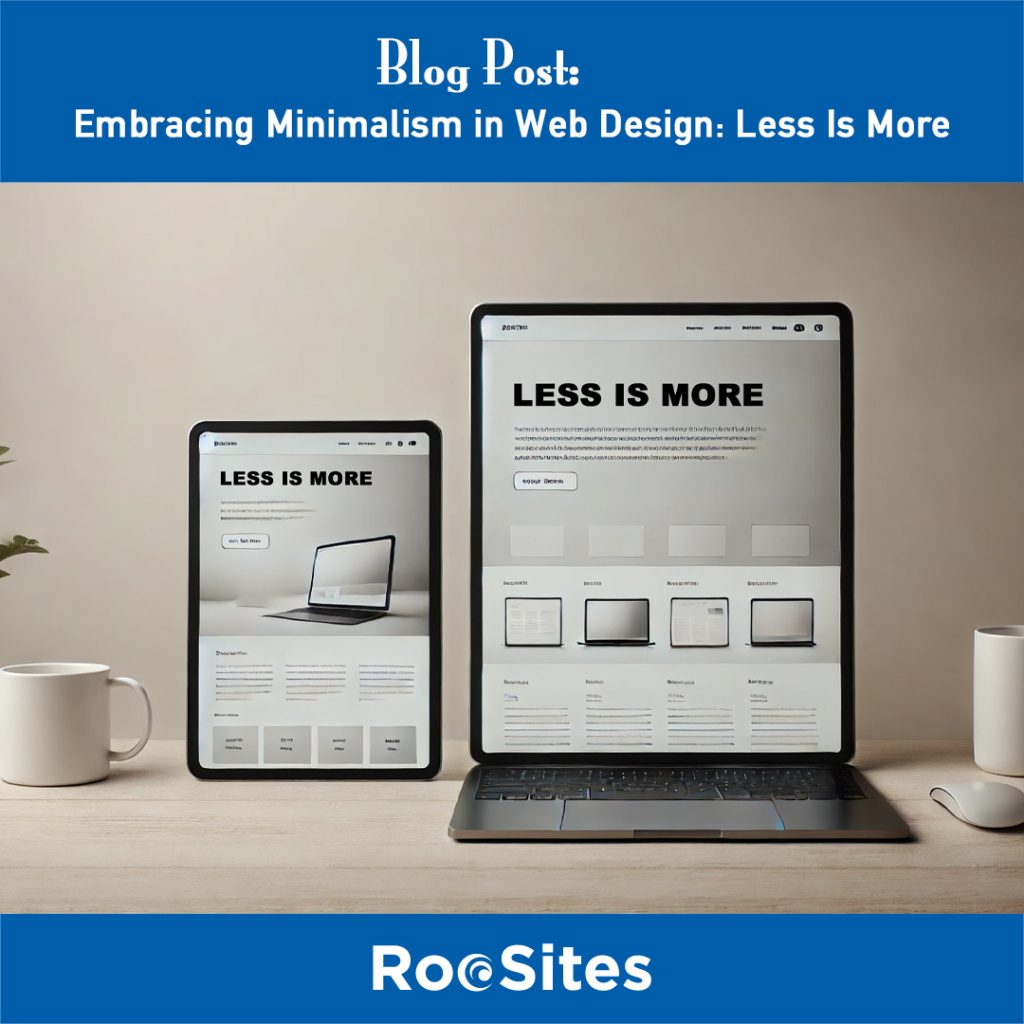
More than half of all web traffic comes from mobile devices. If your site isn’t mobile-friendly, you’re turning away potential visitors. Ensure responsive design so your website looks and functions great on any device.
Patience is thin online. Websites that take more than 3 seconds to load lose about 40% of visitors. Optimize images, leverage caching, and use a fast web host.
What do you want visitors to do? Buy? Contact you? Subscribe? Make your CTAs clear, prominent, and action-oriented to guide users through their journey.
A confusing website is a bounce waiting to happen. Implement intuitive menus, breadcrumbs, and internal links to make finding information effortless.
Content is king. Regularly update your website with engaging blogs, product descriptions, FAQs, and more. High-quality content builds trust and helps with SEO.
Your site needs to be visible. Research and incorporate relevant keywords, optimize meta descriptions, and ensure your site is crawlable by search engines.
With cyber threats on the rise, an SSL certificate is non-negotiable. Visitors need to trust your site is safe for browsing and transactions.
Showcase customer reviews, testimonials, and case studies. People trust the opinions of others, so let them see the great experiences of your happy clients.
You can’t improve what you don’t measure. Tools like Google Analytics help you understand visitor behavior, track conversions, and optimize performance.
Even the best websites need upkeep. Regularly check for broken links, outdated plugins, and content updates to keep your site running smoothly.
If you need assistance implementing these 10 things every website must have, partner with a professional website management company like RooSites to ensure your site always delivers the best experience.

One of the main goals of minimalism in web design is to make navigation and user interactions as seamless as possible. When websites are stripped of unnecessary elements, users can focus on what truly matters – the content. With clean layouts, ample white space, and straightforward navigation, users can quickly find what they need, making it more likely for them to stay longer on your site. Minimalist design eliminates distractions, allowing users to engage more effectively with the brand’s message or products.
Complex designs with heavy graphics, animations, and multiple elements can slow down website loading times, which directly affects user retention and SEO rankings. Minimalist designs, on the other hand, typically use fewer resources and lighter elements. This results in faster loading speeds, which is essential for keeping users engaged and boosting SEO. In a world where users expect a site to load within seconds, minimalism can give your website the speed advantage it needs to keep up.
Minimalist design is known for its clean lines, simplicity, and focus on essential elements, creating a timeless look that doesn’t go out of style. While trends come and go, a well-crafted minimalist website remains visually appealing and relevant over the years. This long-lasting appeal not only saves redesign costs but also builds a consistent brand identity that resonates with users.
Websites cluttered with images, buttons, and text can overwhelm visitors and deter them from taking action. Minimalism simplifies the user journey by guiding attention to the most important elements, such as call-to-action buttons and forms. By reducing distractions, minimalist web design helps users focus on completing specific actions, such as signing up, purchasing, or contacting. This clarity can significantly increase conversion rates and improve ROI.
Content is the heart of any website. In a minimalist design, content takes center stage, with design elements working to support rather than overshadow it. With fewer design distractions, users can fully engage with the information presented, whether it’s a blog post, product description, or service overview. By letting content shine, minimalist web design ensures that the message is delivered clearly and effectively.
A minimalist website is often easier to maintain because it has fewer elements to update and manage. This makes it simpler to scale as your business grows or when content needs change. Whether you’re adding a new section or tweaking existing content, minimalism offers flexibility, as well-organized and clean layouts allow for straightforward updates without overhauling the entire design.
To implement a minimalist approach, designers focus on a few core principles:
Minimalism in web design is not about doing less; it’s about doing more with less. By focusing on essential elements, minimizing distractions, and enhancing functionality, minimalist websites create a pleasant user experience that keeps visitors engaged and coming back. Adopting minimalism in your web design strategy can be the key to standing out in a crowded online landscape while ensuring that your message is clear, your brand memorable, and your site highly functional.
In the end, minimalism is about clarity, elegance, and efficiency. And in web design, these qualities can make all the difference. Contact RooSites today for assistance!
Related Content: